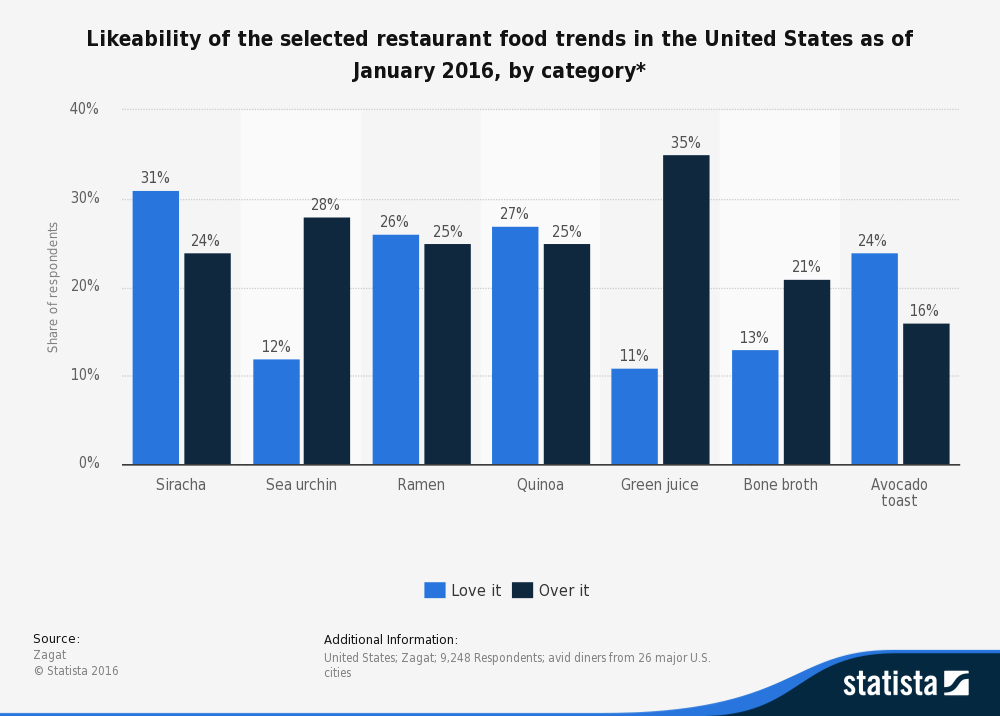Social Casino Demographics
Examining the effects of casinos after at least four years of operation, the authors find that positive changes include: young adults moving back to reservations, fueling an 11.5 percent population increase; adult employment increasing by 26 percent; and a 14 percent decline in the number of working poor. In counties with or near a casino, the employment- to- population ratio has increased and mortality has declined.
Discover all statistics and facts on the casino and gambling industry now on statista.com! Try our corporate solution for free! Social media - Statistics & Facts. Gaming Demographics by Age. To begin, we looked at the percentage of applicants in various age intervals that have made gaming purchases. Overall, the percentage of applicants who spend money on video games decreases with age. The youngest age group, applicants aged 18-24, has the highest percentage of video game players. Social Security is an important social insurance program that many Americans have come to rely on for retirement, disability, and survivor benefits—according to the Social Security.
Indian tribes are sovereign nations under federal law, and states may not enforce their civil codes on reservations within a state's borders. After the federal government gave tribes more control over their economic development, some began operating gaming places that conflicted with state and local laws. A number of states challenged these operations, but a series of Supreme Court cases were decided in the tribes favor. To clarify the law, the Indian Gaming Regulatory Act was passed in 1988. Tribes could operate full-scale casino gambling on reservations in any state that allowed such gambling anywhere within its borders, provided the details of the operation were set forth under a tribal-state compact. In The Social and Economic Impact of Native American Casinos (NBER Working Paper No. 9198), authors William Evans and Julie Topoleski summarize the history of Indian casinos over the last 20 years and examine their effect on employment, poverty, and crime.
As the authors point out, the 'speed with which Indian-owned gaming operations have developed is staggering,' suggesting that there was 'an incredible pent-up demand for casino-style gaming' in the United States. In Connecticut for example, a federal court ruled that because the state allowed nonprofit organizations to have casino nights as fundraisers, it had to allow the Mashantucket Pequots to add table games to its bingo operations. In 1991, the tribe expanded its bingo hall into a casino. It now runs Foxwoods, the largest casino in the worls. In 1992 the Pequots offered the state either $100 million a year or 25 percent of its slot machine take, whichever was greater, provided the state would allow it, but not any other group, to install slot machines. The agreement was modified to allow the Mohegan tribe to operate slot machines after it received federal recognition. According to the authors, payments from the tribes were estimated to be in excess of $350 million in 2002, and 'effectively prevented the state from granting a license for a proposed non-Indian casino in the Bridgeport area.'
Nationwide, 'half of the Indians on or near reservations now belong to tribes that have opened Las Vegas-style casinos.' Many of these are in rural areas and draw from clienteles who drive an hour or so to get to the casino. The casinos have changed the economic climate in and around the reservations. Examining the effects of casinos after at least four years of operation, the authors find that positive changes include: young adults moving back to reservations, fueling an 11.5 percent population increase; adult employment increasing by 26 percent; and a 14 percent decline in the number of working poor. In counties with or near a casino, the employment- to- population ratio has increased and mortality has declined.

Social Casino Demographics New York
The negative changes include about a 10 percent increase in auto thefts, larceny, violent crime, and bankruptcy in counties four years after a casino has opened, and an increase in bankruptcies within 50 miles of a new casino. The authors caution against applying their results too generally. Job generation 'does not necessarily mean that granting reservations a monopoly in a particular industry is also a desirable policy,' and because casino profits are not taxable, 'their presence in many states possibly diverts funds from a taxable activity.' Finally, little is known about the distribution of benefits. 'In many cases,' the authors point out, 'most of the people employed by casinos are not Native Americans.'
-- Linda Gorman

The social gaming industry has been on the rise for years. New data indicates that social gaming revenue is set to reach $5 billion by 2015. Social gaming is also affecting how we consume information about brands and companies. The average engagement rate for a Facebook brand page is 0.5%, however social gaming adverts attract on average 20% engagement! Knowing social gamer’s demographics is crucial if you’re planning on creating a social gaming advert.
Social Casino Demographics New York City
Assuming that social gamers are allmale teenagers with nothing better to do with their time is about as far from the truth as you can get. Over half (54%) of the social gaming population are female and the biggest proportion of social gamers (50%) are parents, whose children no longer live at home with them. 36% of them have some level of college experience, and a further 28% have a Bachelor’s degree. Have a look at our infographic below for more social gaming statistics.